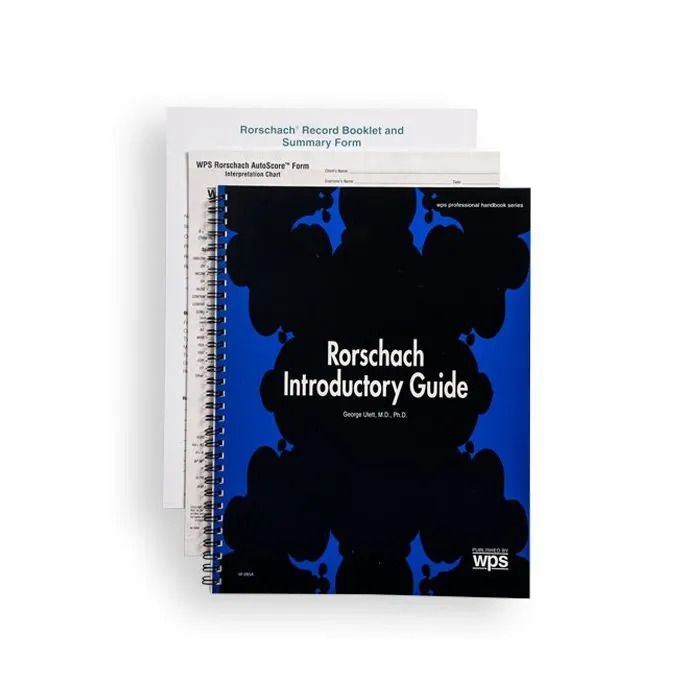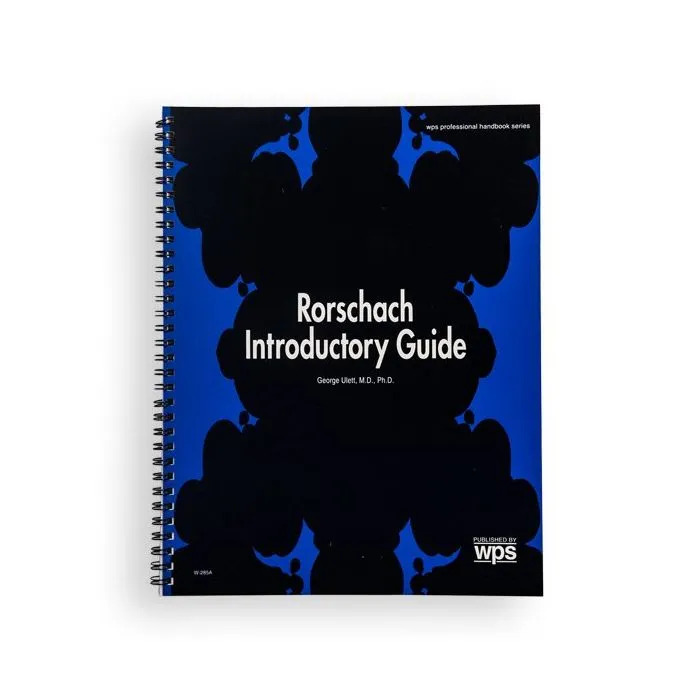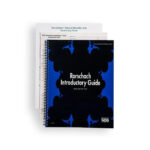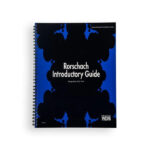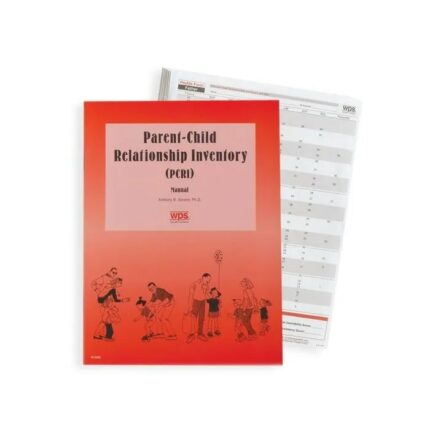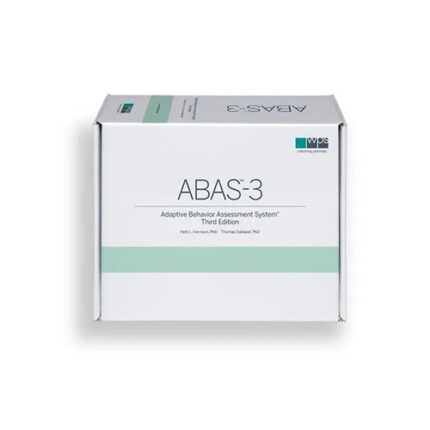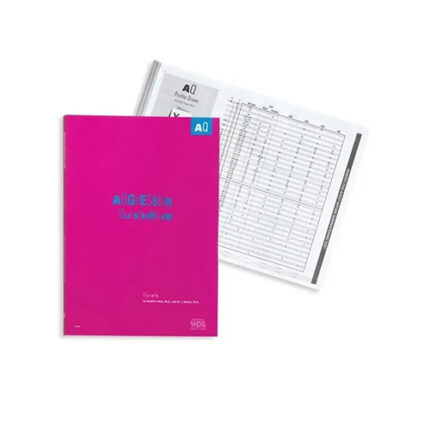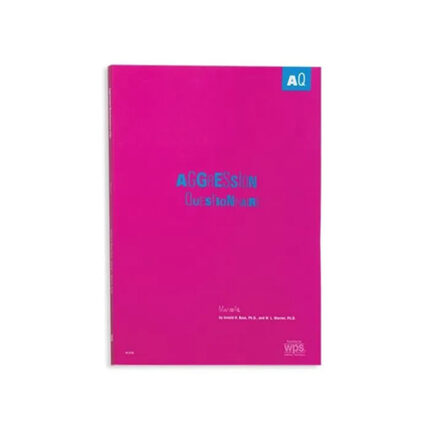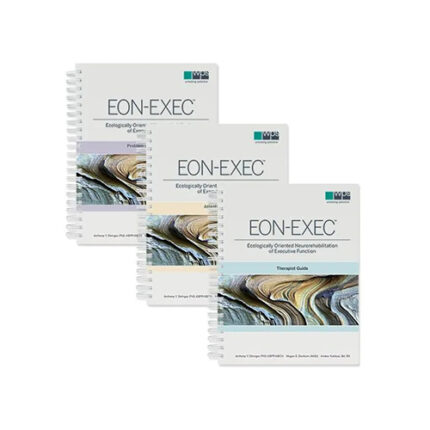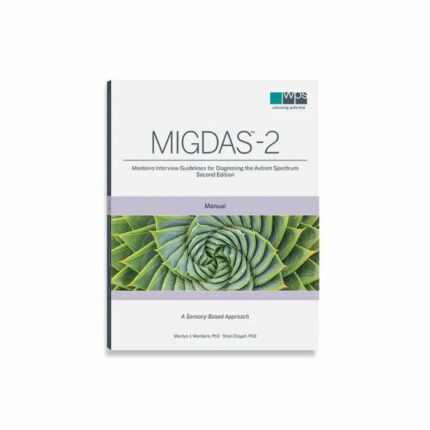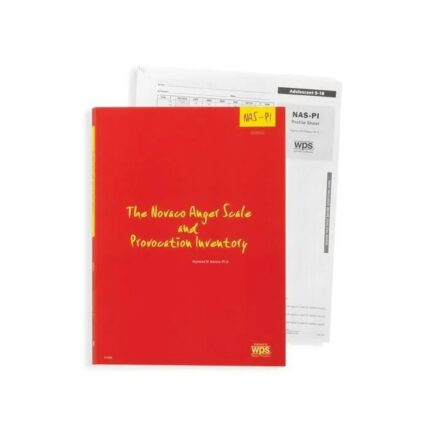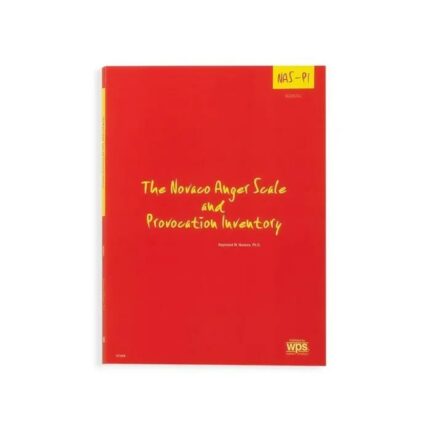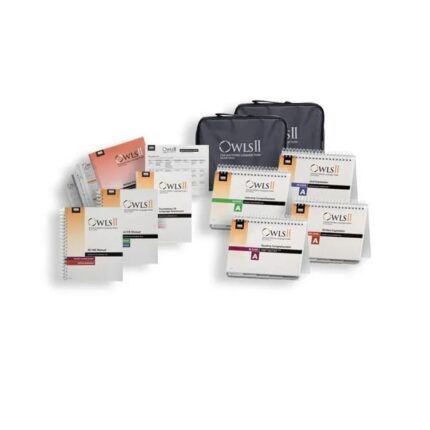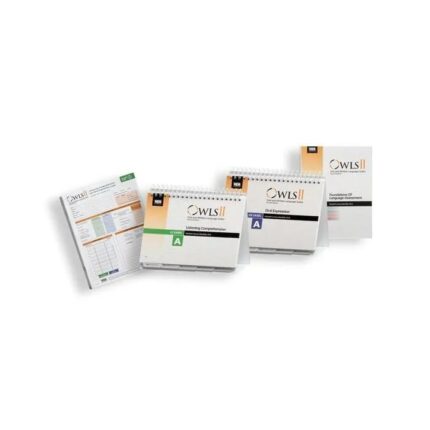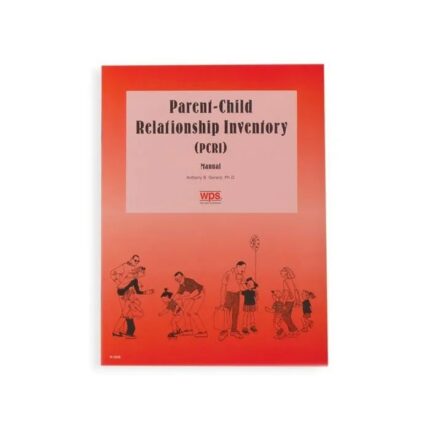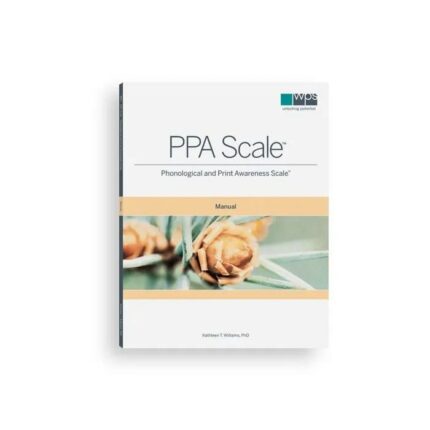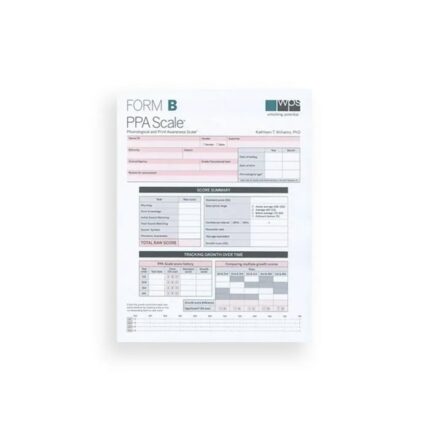Rorschach Introductory Guide

Rorschach Inkblot Test (1921)
This classic projective technique continues to enjoy widespread clinical acceptance. A complete set of test plates is available for administering the test, along with record booklets and useful scoring aids.
Frequency Tables for Scoring Rorschach Responses (1970)
FREQUENCY TABLES FOR SCORING RORSCHACH RESPONSES BY MARGUERITE R. HERTZ, PHD
This extensive, revised, and enlarged fifth edition offers a thorough compilation of inkblot responses based on hundreds of studies. It includes code charts, normal and rare details, F+ and F– responses, popular responses, and original responses.
This text presents standards for scoring Rorschach responses in terms of location categories, form quality, originality, and popularity of response, based on an analysis of the records of more than 1,000 subjects from 11 through 19 years of age. It is an essential reference for Rorschach users or students. The appendix includes a copy of the Rorschach Miniature Inkblots in Color: Location and Summary Form (WPS Product No. W-20) and the Rorschach Record Booklet and Summary Form (WPS Product No. W-217). Paperbound, spiral binding (8.5″ x 11″), 274 pp, illus:
Rorschach Introductory Guide (1994)
RORSCHACH INTRODUCTORY GUIDE BY GEORGE ULETT, MD
Now you—or your students—can quickly master the basics of Rorschach scoring and interpretation. The Rorschach Introductory Guide makes it much easier to learn and use this popular projective tool.
The Introductory Guide offers a simple, methodical approach to Rorschach administration and interpretation. It includes four elements—a brief interpretive Manual, Record Booklet and Summary Forms, three laminated Scoring and Interpretation Guide Cards, and Rorschach AutoScore™ Forms. These materials put all the essential scoring and interpretive information at your fingertips.
The Manual describes Rorschach administration and scoring, and shows you how to interpret the test using the Rorschach AutoScore™ Form.
The Record Booklet and Summary Form is a convenient 4-page protocol, which includes all 10 Rorschach plates in miniature and in full color. It allows you to record background information, responses, summary scores, and derived scores.
Quick Access to Scoring Symbols and Popular Responses
The three Scoring and Interpretation Guide Cards serve as handy reference sheets, giving you quick access to:
- Scoring symbols and ratios
- Popular responses to each inkblot
- Rorschach signs associated with specific diagnoses.
By putting essential information in an easy-to-use format, these cards help you keep track of the many details involved in Rorschach interpretation. They also make it easier to score responses as you administer the test—which saves considerable time.
An Easy-to-Use Interpretation Chart
Once responses are scored, you can use the Rorschach AutoScore™ Form to quickly determine protocol validity and obtain summary scores. Just tally scores and enter totals on the AutoScore™ Form, and in minutes you’ll have summary scores in the following categories:
- Reality Testing
- Apperception
- Ego Functioning
- Affective Functioning
- Content, Movement Responses, and Interpersonal Relations
- Thought Disorder or Organic Impairment
The AutoScore™ Form also provides usual score ranges—so you can see at a glance whether your client’s responses fall outside these ranges.
Compatible With All Scoring Approaches
To use the Rorschach Introductory Guide, you should be familiar with one of the standard Rorschach scoring systems. The Introductory Guide does not favor one interpretive theory over another. It is compatible with Exner’s approach, as well as others.
Practical and eclectic, the Rorschach Introductory Guide helps clarify the Rorschach for the beginner. And for the more experienced user, it provides a quick and convenient way to record and interpret scoring information.
The Logical Rorschach Inkblot Test (2001)
THE LOGICAL RORSCHACH BY EDWIN E. WAGNER, PHD, ABPP, ABAP
A Brief Scoring Method to Screen for Psychopathology Inkblot Test
Here is an efficient method for scoring Rorschach responses. This convenient technique yields two numerical scores: a TETRAUT score based on the number and type of autistic responses, and a PASscore based on the perceptual accuracy of the responses. These two scores–derived in less than 10 minutes–are enough to identify two types of psychopathology, one associated with thought disorder, the other with general behavioral inefficiency.
Logical Rorschach provides is a quick way to screen for psychopathology that can be used by any clinician, regardless of his or her usual approach to the test. It is specifically designed to eliminate the complexity, redundancy, and overpathologizing of typical Rorschach scoring methods.
The two scores generated have been validated on clinical groups (600 individuals with schizophrenia, bipolar disorders, depression, personality disorders, brain damage, intellectual disabilities, or chronic pain) as well as nonclinical populations (150 college students and candidates for law-enforcement jobs).
Logical Rorschach Set includes a handbook and 4-page Record Booklet with space for background and referral information, behavioral observations, and responses (with reaction time, response number;scores and weights). The Record Booklet also includes convenient reference tables summarizing definitions and weights for subcategories, and the occurrence of low, medium, and high scores in clinical and nonclinical groups. On the back, all 10 plates are depicted in miniature, in full color.
| Therapy |
All Therapy Evaluation Tools |
|---|


